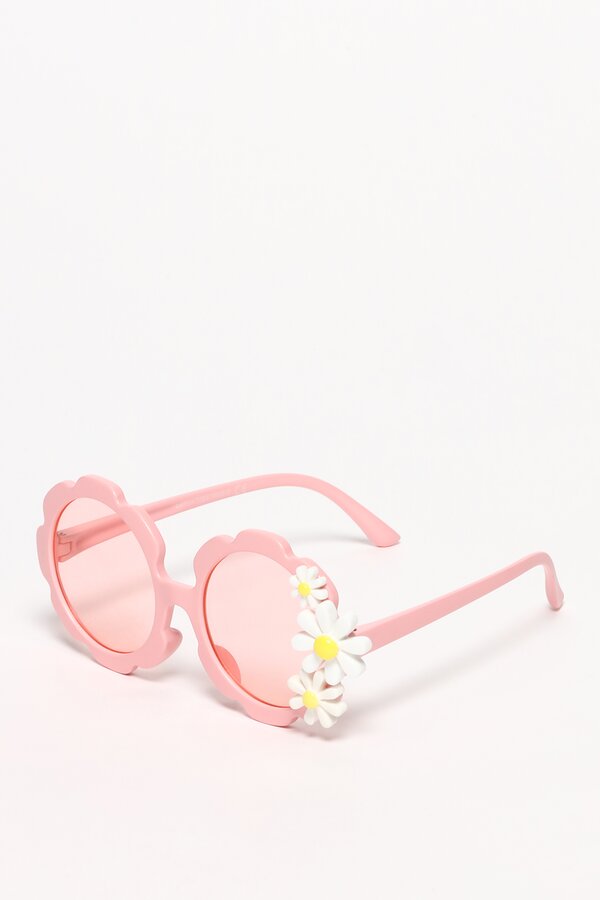5 Tips Laceless Hiking Boots

Laceless hiking boots have become increasingly popular among outdoor enthusiasts due to their convenience, comfort, and sleek design. However, like any hiking footwear, they require careful consideration to ensure they meet your hiking needs and preferences. Here are 5 tips to consider when opting for laceless hiking boots:
1. Choose the Right Material
When selecting laceless hiking boots, the material is crucial. Look for boots made from high-quality, waterproof materials such as Gore-Tex or similar technology. This will ensure that your feet stay dry in wet conditions, which is essential for both comfort and preventing blisters. Additionally, consider the breathability of the material; a good balance between waterproofing and breathability will keep your feet dry and cool.
It's worth noting that while waterproofing is important, it's also crucial to consider the weight of the boots. Lighter boots can make hiking less strenuous, but they might compromise on durability or protection.
2. Consider the Terrain
The type of terrain you’ll be hiking on is a significant factor in choosing the right laceless hiking boots. For smoother, well-maintained trails, a lighter boot with less aggressive tread might be sufficient. However, for more rugged, uneven, or slippery terrains, you’ll need boots with a more aggressive tread pattern for better traction and stability. Ensure the boots you choose are suitable for the terrain you’ll be encountering.
3. Ankle Support and Height
Laceless hiking boots can vary significantly in terms of ankle support and height. Higher boots offer more ankle support, which is beneficial for uneven terrains or for hikers who require additional stability. However, they can be heavier and may feel more restrictive. Lower-cut boots are lighter and allow for better ankle movement but offer less support. Consider your hiking style, the load you’ll be carrying, and the terrain to decide the appropriate height for your boots.
Assessing Your Ankle Support Needs:
- Evaluate Your Hiking Style: Consider how you hike and the kind of support you need.
- Consider the Terrain: The terrain can dictate how much support you require.
- Try Them Out: Wear the boots and simulate your hiking movements to feel the support.
4. Comfort and Fit
The comfort and fit of your hiking boots are paramount. Laceless boots often rely on elastic materials to provide a secure fit. When trying on laceless hiking boots, ensure they fit snugly but not too tightly, allowing for the natural swelling of feet during hiking. The boots should feel comfortable from the start, with no hotspots or pressure points. Remember, the right fit can make a significant difference in your hiking experience.
5. Durability and Maintenance
Finally, consider the durability and maintenance requirements of the laceless hiking boots. While the lack of laces might reduce wear points, the elastic materials can degrade over time. Look for boots with durable, high-quality materials and consider how they can be maintained or repaired. Regular cleaning and conditioning can extend the life of your boots, regardless of their material.
How often should I clean my laceless hiking boots?
+Clean your laceless hiking boots after each use, or at least once a week, depending on how frequently you wear them. Regular cleaning can help maintain the waterproof coating and prevent dirt buildup.
Can I use any cleaning products on my boots?
+No, it's advisable to use cleaning products specifically designed for the material of your boots. Harsh chemicals can damage the waterproof membrane or the outer material, reducing the boots' performance and lifespan.
In conclusion, while laceless hiking boots offer a convenient and often more comfortable alternative to traditional laced boots, their selection requires careful consideration of several factors, including material, terrain, ankle support, comfort, and durability. By weighing these considerations, you can find the perfect pair of laceless hiking boots to enhance your hiking experience.



